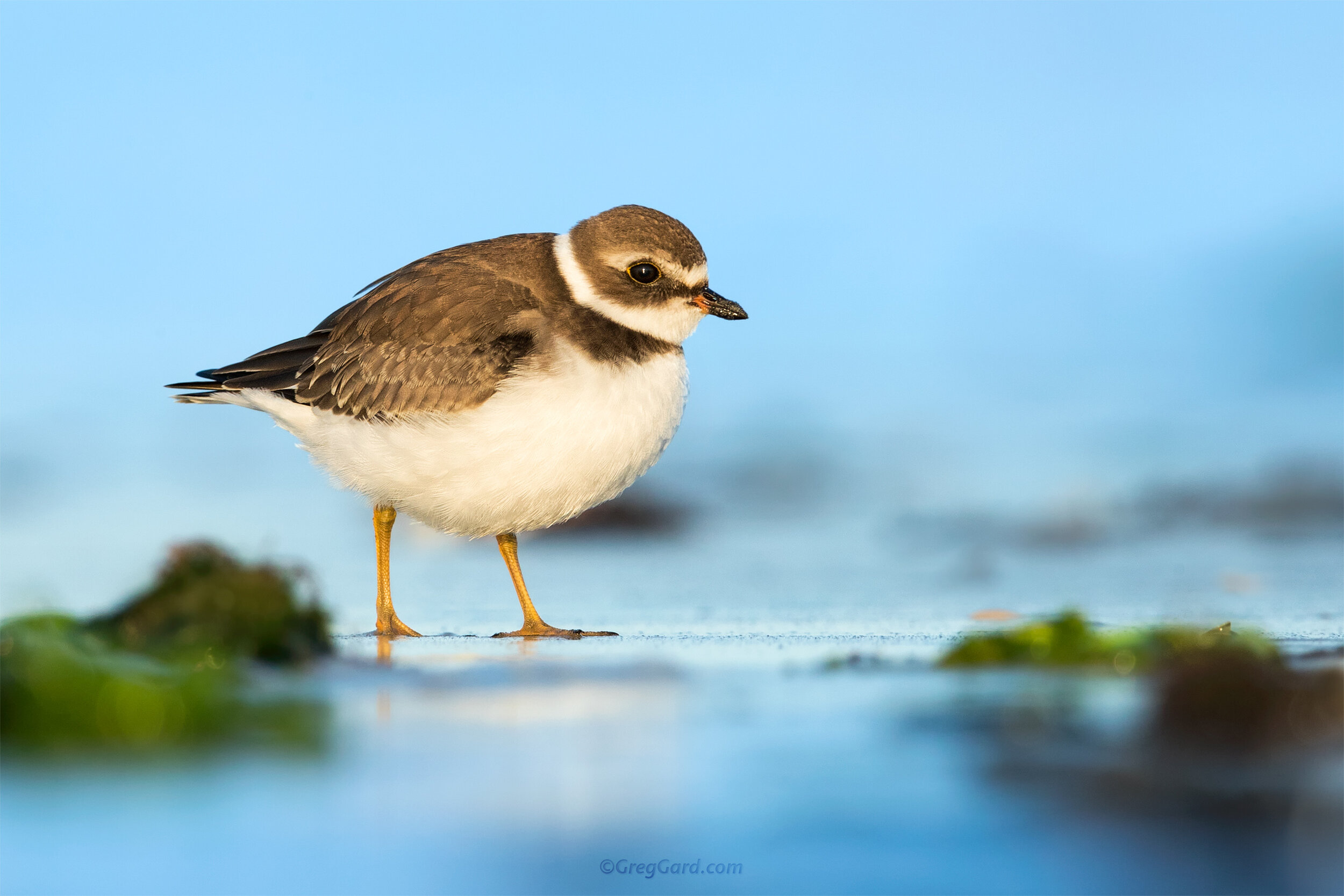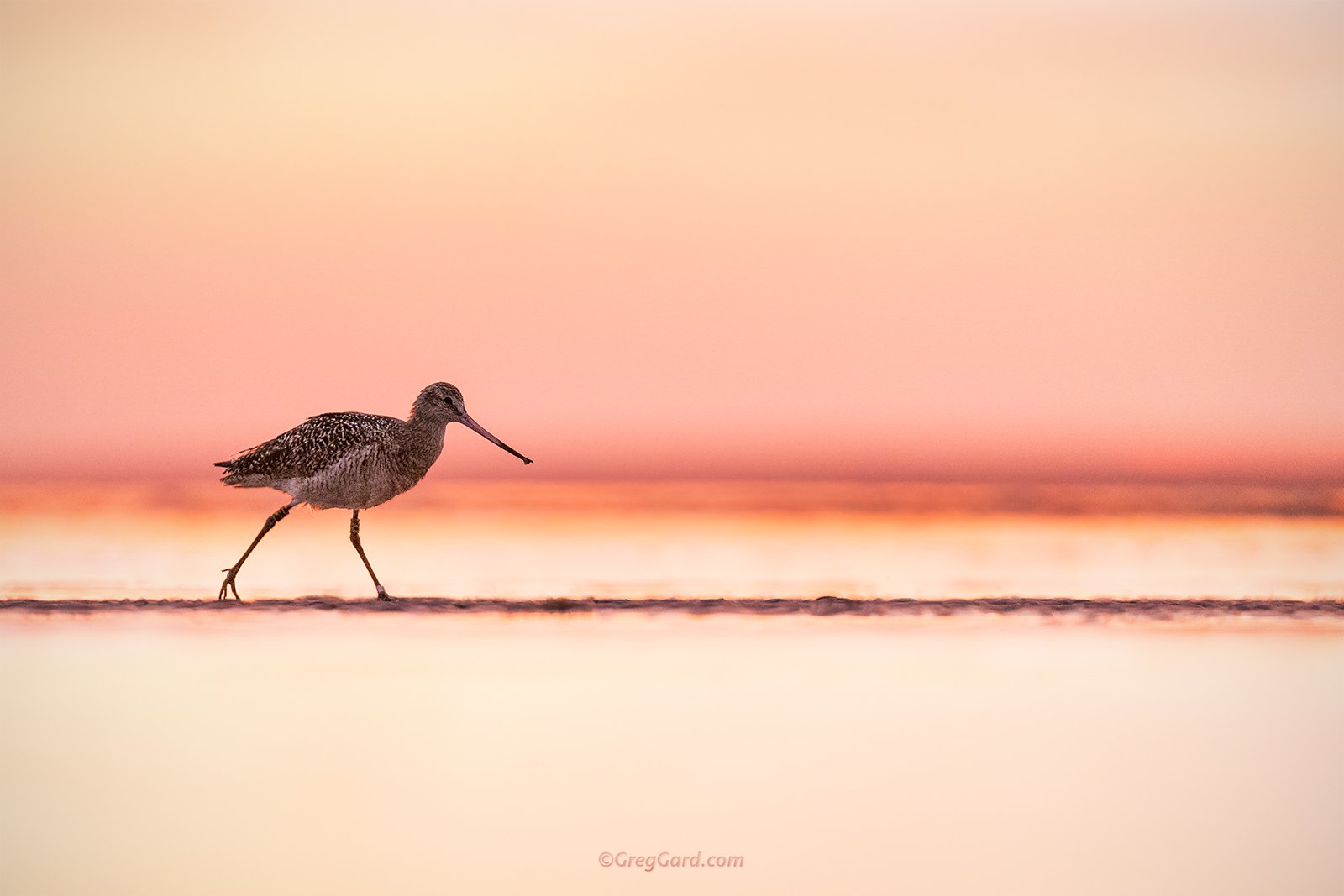Jamaica Bay Wildlife Refuge, New York City, Shorebird Photography Location Guide
It is not the secret that one of the most, if not the most, famous locations to photograph shorebirds on the East Coast, during their Southbound migration along the Atlantic Flyway, is the Jamaica Bay Wildlife Refuge in Queens, New York City, USA.
Jamaica Bay, and surrounding areas, act like a magnet for shorebirds and is a crucial spot for these birds to fuel before the next leg of their journey down south.
Spotted Sandpiper, Jamaica Bay, New York
Even though there are many sources of information available of Jamaica Bay, most of it is for bird watchers. There are barely any tips on how and where to photograph shorebirds at this wildlife refuge. My Location Guide to Jamaica Bay is strictly written with photographers in mind. I share my expertise on how to get the most out of the shorebird photography at this renowned birding hotspot. It took me several seasons to get a good knowledge on this place, when and where to go to take the best possible photographs of these incredible migrants. I want you to be prepared for your very first visit to this, one of a kind, place.
My guide, https://www.greggard.com/location-guides/jamaica-bay-shorebirds-photography-ebook will provide you with the information on when to arrive, where to position yourself to get the most pleasing photographs of shorebirds visiting the Jamaica Bay, NY. This guide is filled with exact information, many photographs and maps showing trails, when to visit the park, how to safely approach birds without stressing/flushing them, what gear/clothing to bring and many other useful tips that will apply at other locations. There is only one photograph of a bird, the cover photo. The rest of this ebook is filled with useful information.
Least Sandpiper, Jamaica Bay, New York
For those that already know how to photograph at this wildlife refuge, I have something to offer as well. As you probably know, timing your visit is very crucial and can be very tricky. This is why I offer the Location Updates during the shorebird season. Believe me, I spent many unproductive days there and just the cost of the tolls would cover the price of the location updates, many times over. I wish there was one available back when I started visiting Jamaica Bay, as I would purchase it right away.
Pectoral Sandpiper, Jamaica Bay, New York
Be warned. This is not a place to spend a relaxing day, wearing your white t-shirt and flip flops, photographing birds. This location requires literarily to get down and dirty 🙈😀. But photographs you will make here, will be one of the best photographs you will ever take of any shorebirds. My guide, and my Location Updates, will put you at the right time and in the right spot to make your trip worthwhile from avery first visit.
Greater Yellowlegs, Jamaica Bay, New York
There are many photography workshops being offered at the Jamaica Bay but their cost often starts at $200 per session. Besides the steep price, you have to fit to someone else’s schedule. Ever wondered what happens if the weather doesn’t cooperate on the day of the workshop? You will be forced to shoot in unfavorable conditions as you will loose a partial, or even worse, the full payment if you cancel the said workshop. By purchasing my guide, you will gain enough information to get excellent results on your very first visit! At your own schedule! At the best possible weather! For a fraction of the price! My guide takes into consideration that you are already familiar with your gear and that you are capable of setting up your camera for a correct exposure.
Here is a list of some noteworthy bird species that you will most likely photograph on your visit to the Jamaica Bay: Semipalmated, Least, Pectoral and Stilt Sandpipers; Short-billed Dowitcher, Greater and Lesser Yellowlegs; Semipalmated and Black-bellied Plovers. As well as: Black-Skimmer, Common and Least Terns, Peregrine Falcon, Merlin, American Kestrel, Norther Harrier should also make a brief appearance.
Rare but highly possible to see during the peak of the fall migration are: American Avocet, Hudsonian and Marbled Godwits, Wilson’s Phalarope and maybe even a Ruff.
Birds that nest there and that also can be seen include: Osprey, Boat-tailed Grackle, Willet, Great Blue Heron, Great and Snowy Egrets, Glossy Ibis, Yellow and Black-crowned Night-Herons.
To view more of my shorebird photography, please visit my gallery: greggard.com/shorebirds
You can also find me on:
- Instagram: greggardphoto
- Youtube: gregsthings
- Facebook: greg.gard.9
- Twitter: newtobirding
Full disclosure: This post contains references to products from Amazon.com and I may receive small compensation when you purchase a product via my affiliate link on this website. I'm very grateful for any purchase you make using one of my links. No personal data is shared with me -
Here are some of my favorite shorebird guides for a quick read (to save money buy used books):













Ospreys of the New Jersey Location Guide
Find out where and how to plan your visit to this amazing place to photograph osprey action
Osprey aka fish hawk flying off with a just caught fish in its talons in a warm golden lightMonmouth County, New Jersey, East Coast, USAPhotograph captured with a Sony A1 camera paired with a Sony 600mm f/4 GM OSS lens and 1.4x extender, at 840mm, using following settings: 1/1000 s, f/5.6, ISO 2000Please contact: info@greggard.com for licensing informationwww.GregGard.comALL RIGHTS RESERVED